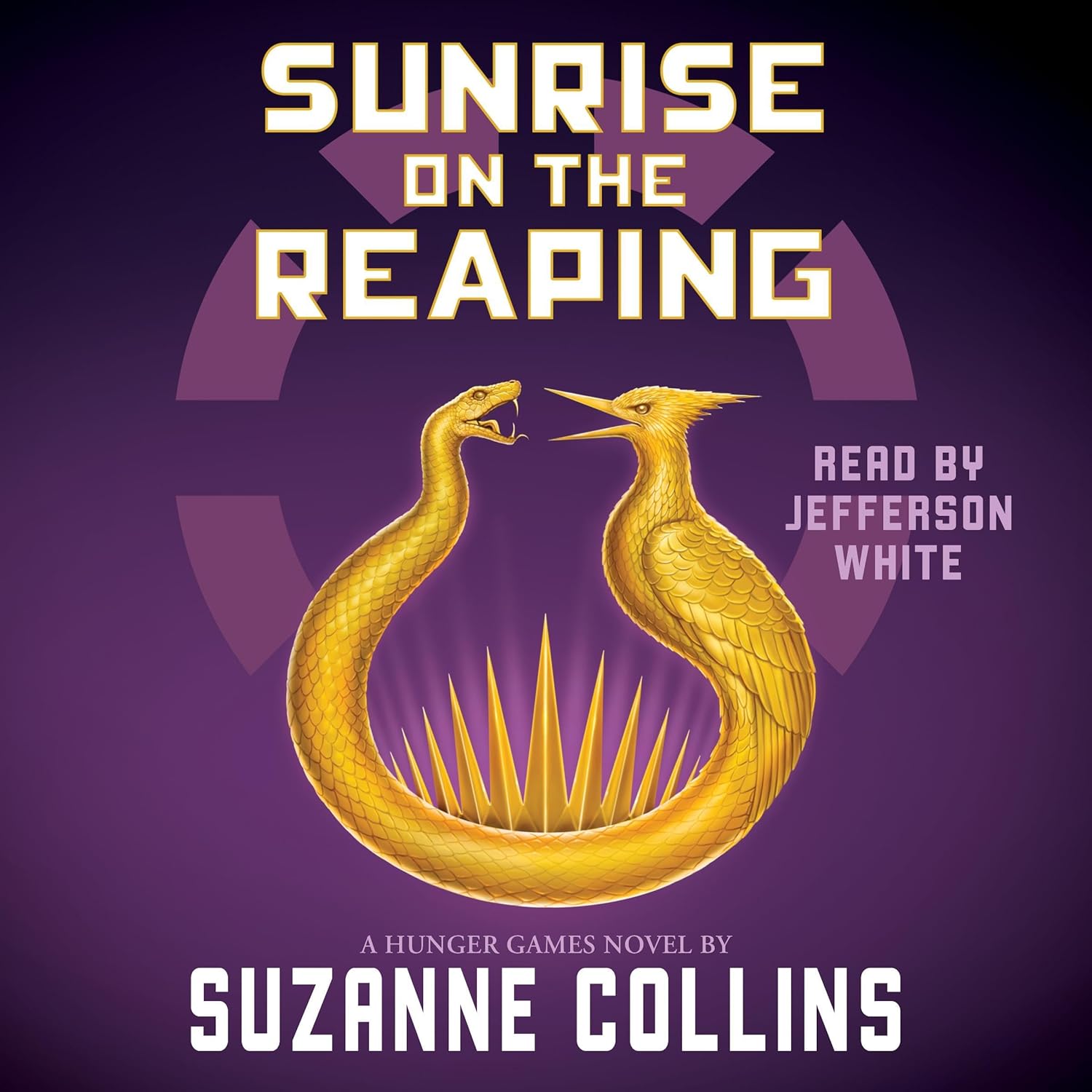[toc]
surviving the hedge analysis of a dystopian arena
Sunrise on the Reaping (A Hunger Games Novel) (The Hunger Games)
Page 356 Review
Navigating the Labyrinthine Hedge: A Commentary on Survival in the Arena
The passage plunges us into the protagonist’s immediate struggle against a seemingly insurmountable obstacle: a towering hedge marking the boundary of the arena.
The stark contrast between the natural world and the artificial constraints of the Games is immediately apparent.
The description of the hedge itself is vivid, creating a palpable sense of both beauty and danger.
“What I get when I reach the end of the forest is not a brick or a steel or an electrified barrier, but a tall hedge that comes to a point like a V and stretches as far as the eye can see in both directions.”
This opening sets the tone for the entire section.
The protagonist’s initial expectations of a conventional barrier are subverted, replaced by a natural, yet equally formidable, obstacle.
The mention of the “V” shape suggests a narrowing path, a funnel guiding the tributes towards an unknown destination.
The Deceptive Allure of Nature
The author skillfully employs descriptive language to paint a picture of the hedge, highlighting its deceptive beauty.
The holly, with its “clusters of red berries and sporting prickly green leaves,” initially seems inviting, reminiscent of familiar holiday decorations.
However, the subtle addition of “little black dots on their skins” immediately introduces an element of danger and caution.
“On closer inspection, the plants appear to be some kind of holly, loaded with clusters of red berries and sporting prickly green leaves.
It’s not unlike what people in 12 use to decorate at New Year’s, although these berries have little black dots on their skins.
Even the regular ones are poisonous, so I ignore these.”
This detail underscores the perilous nature of the arena, where even seemingly benign elements can pose a threat.
The protagonist’s awareness of the poisonous berries reflects their survival instincts and knowledge of the environment.
Strategic Assessment and Initial Attempts
The protagonist’s approach to the hedge is methodical and pragmatic.
They carefully consider various options, weighing the risks and potential rewards of each.
“I walk along the hedge, pondering how to approach it.
The boughs don’t look like they’d support my weight and digging under the mulch at the base doesn’t seem like an option.”
This demonstrates a key aspect of their survival strategy: a cautious and observant approach to problem-solving.
They avoid impulsive actions, instead opting for a more calculated assessment of the situation.
The decision to look for an opening rather than forcing their way through highlights their resourcefulness.
Entering the Labyrinth
The discovery of a “slight opening” marks a turning point in the passage.
The protagonist cautiously ventures into the hedge, entering a labyrinthine path that quickly disorients them.
“Then I spy a slight opening, turn sideways, and manage to slip through the foliage without getting scratched.
A narrow path leads about ten feet in, then curves farther into the hedge, which appears to be quite deep.
Cautiously, I begin to weave my way through the greenery on the twisty-turny path, feeling I’m headed north but sometimes forced to diverge right or left out of necessity.”
The description of the path as “twisty-turny” and “narrow” creates a sense of claustrophobia and uncertainty.
The protagonist’s feeling of being “headed north but sometimes forced to diverge right or left” foreshadows the disorientation and loss of direction that follows.
The Perils of Disorientation
The protagonist’s descent into disorientation is gradual but inevitable.
The realization that they should have marked their path comes too late, highlighting the importance of planning and foresight in a survival situation.
“But I don’t.
The path winds this way and that, sometimes reaching a dead end or coming to a fork, which requires me to make a choice.
Too late, I realize I should have been notching trunks or making little piles of mulch or something to mark my path because I’m hopelessly lost.
I try to use the sun to orient myself, but I swear the Gamemakers are shifting the thing around in the.”
The Gamemakers’ Manipulation
The passage concludes with a chilling suggestion of manipulation by the Gamemakers.
The protagonist’s inability to rely on the sun for orientation implies that the environment itself is being altered to further disorient and challenge the tributes.
This reinforces the theme of control and the artificiality of the arena, where even the natural world is subject to the whims of the Gamemakers.
The ending leaves the reader in suspense, wondering how the protagonist will overcome this new challenge and escape the labyrinthine hedge.
Buy full ebook for only $15: https://www.lulu.com/shop/suzanne-collins/sunrise-on-the-reaping-a-hunger-games-novel-the-hunger-games/ebook/product-e7496ww.html?page=1&pageSize=4
Surviving The Hedge Analysis Of A Dystopian Arena
Read more: Haymitch Abernathy: Deception & Survival in the Games
Read more: Haymitch Abernathy: Deception & Survival in the Games

